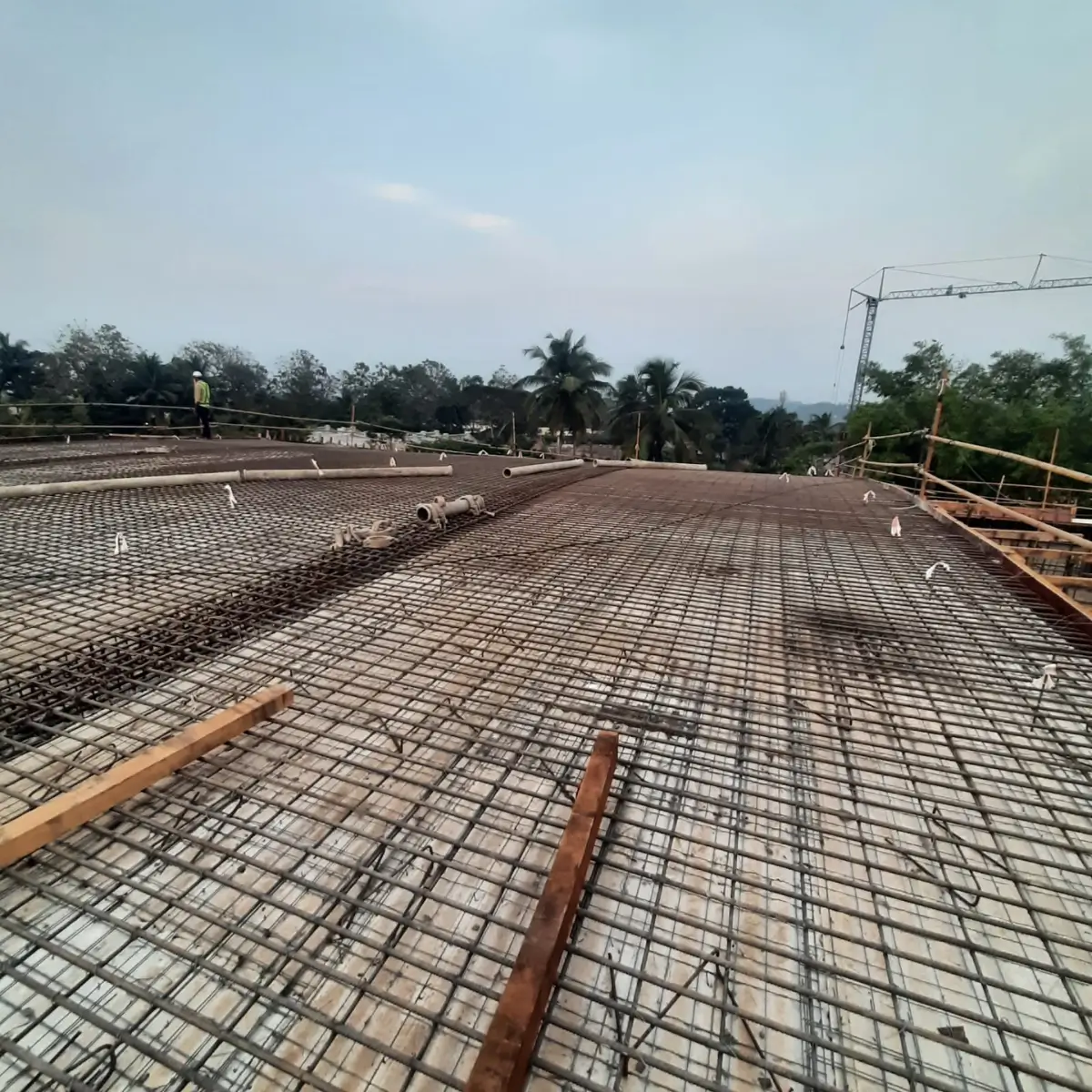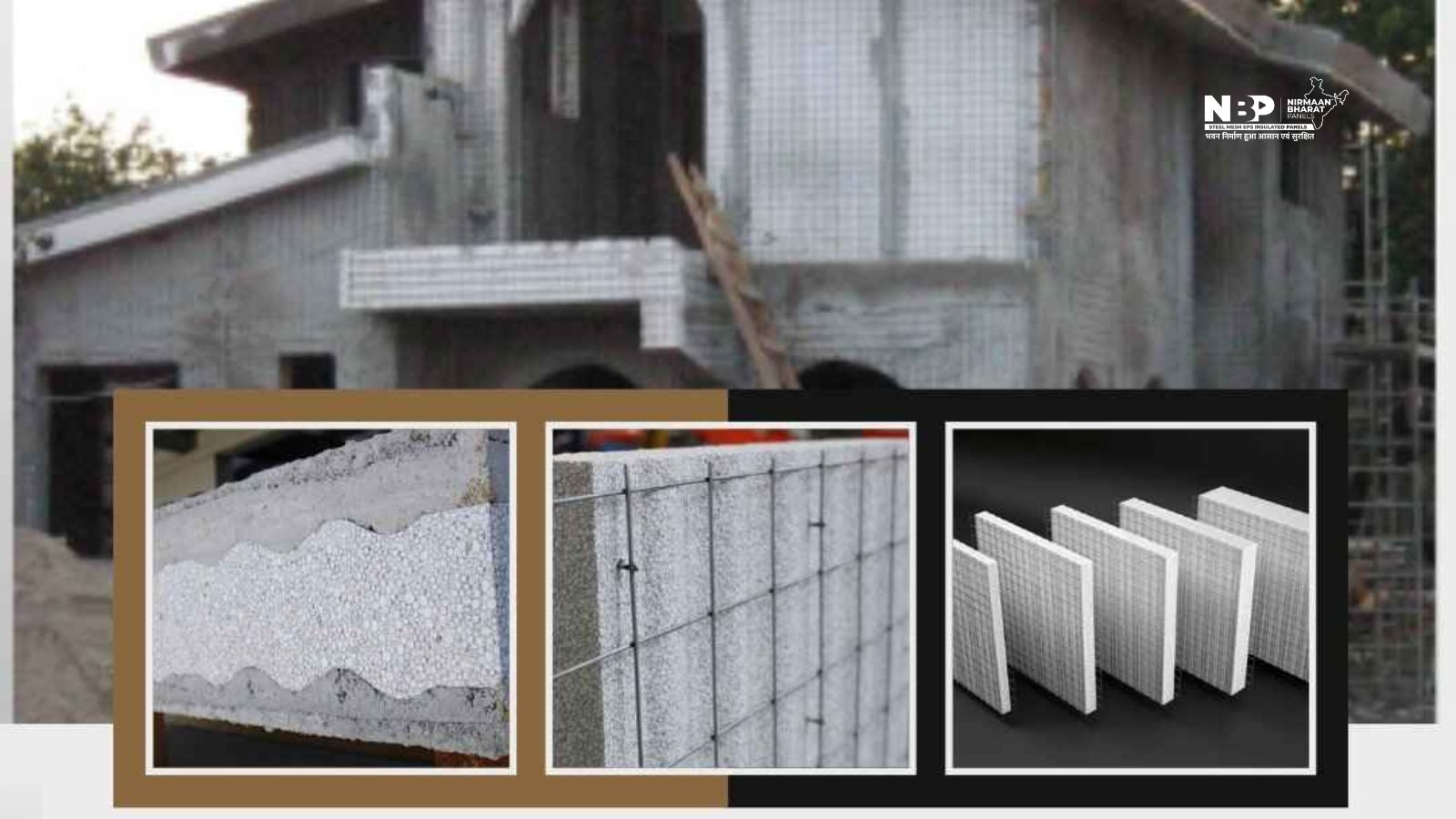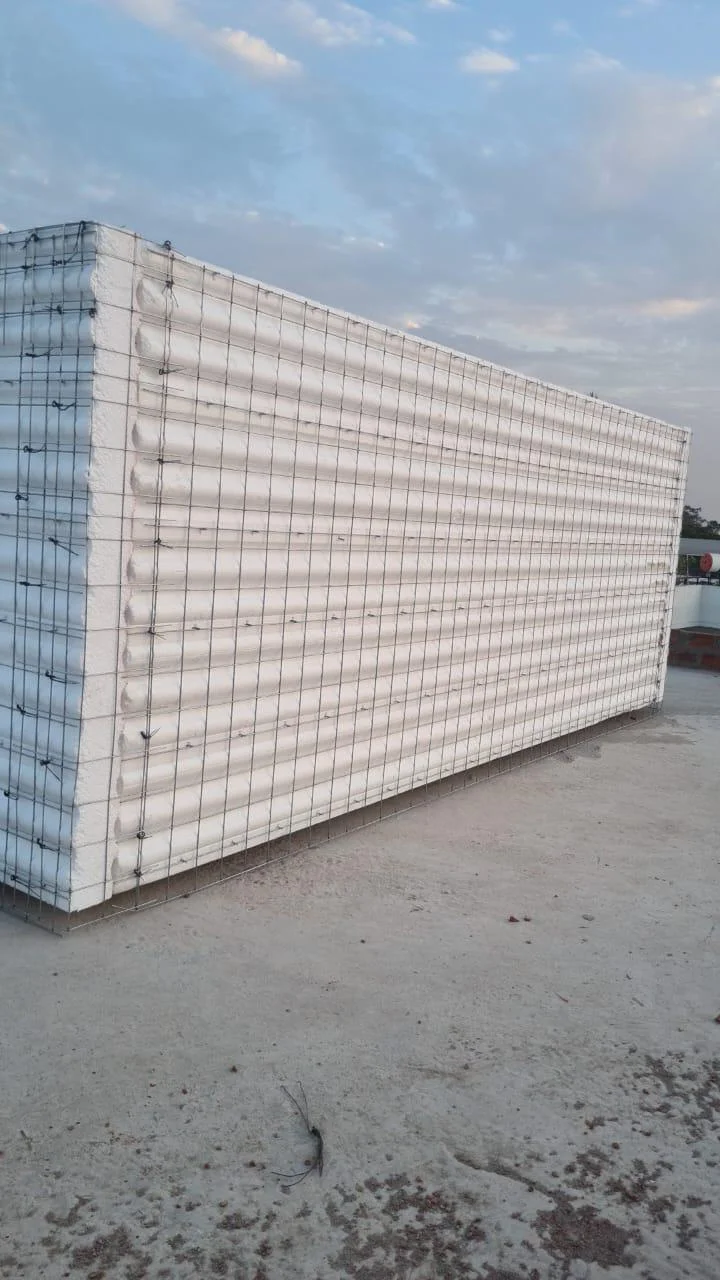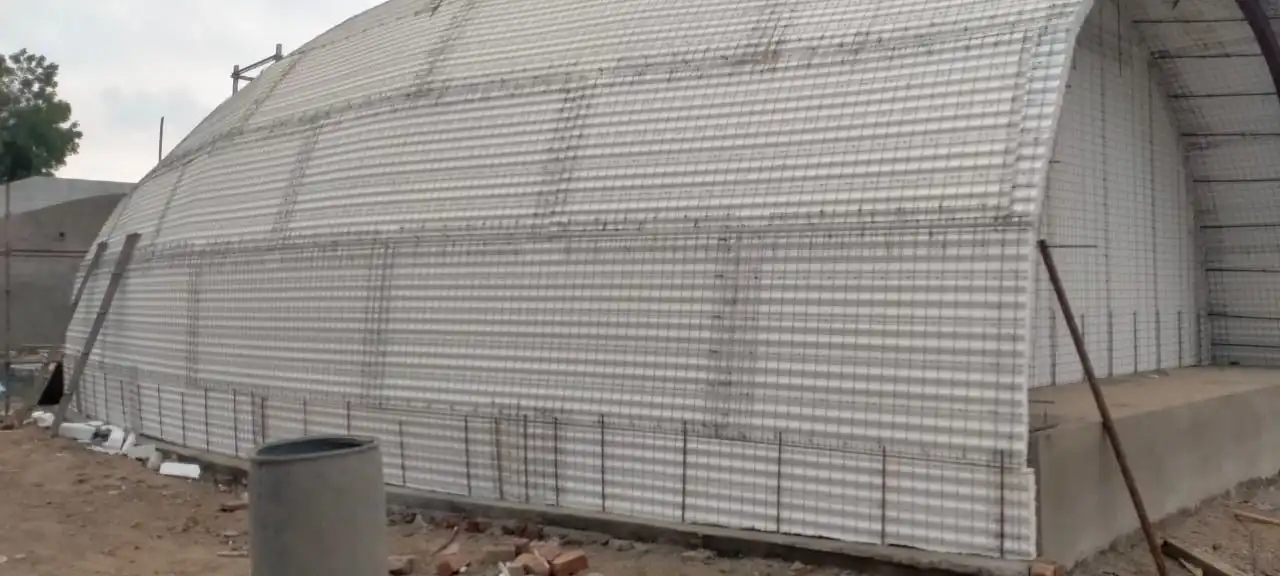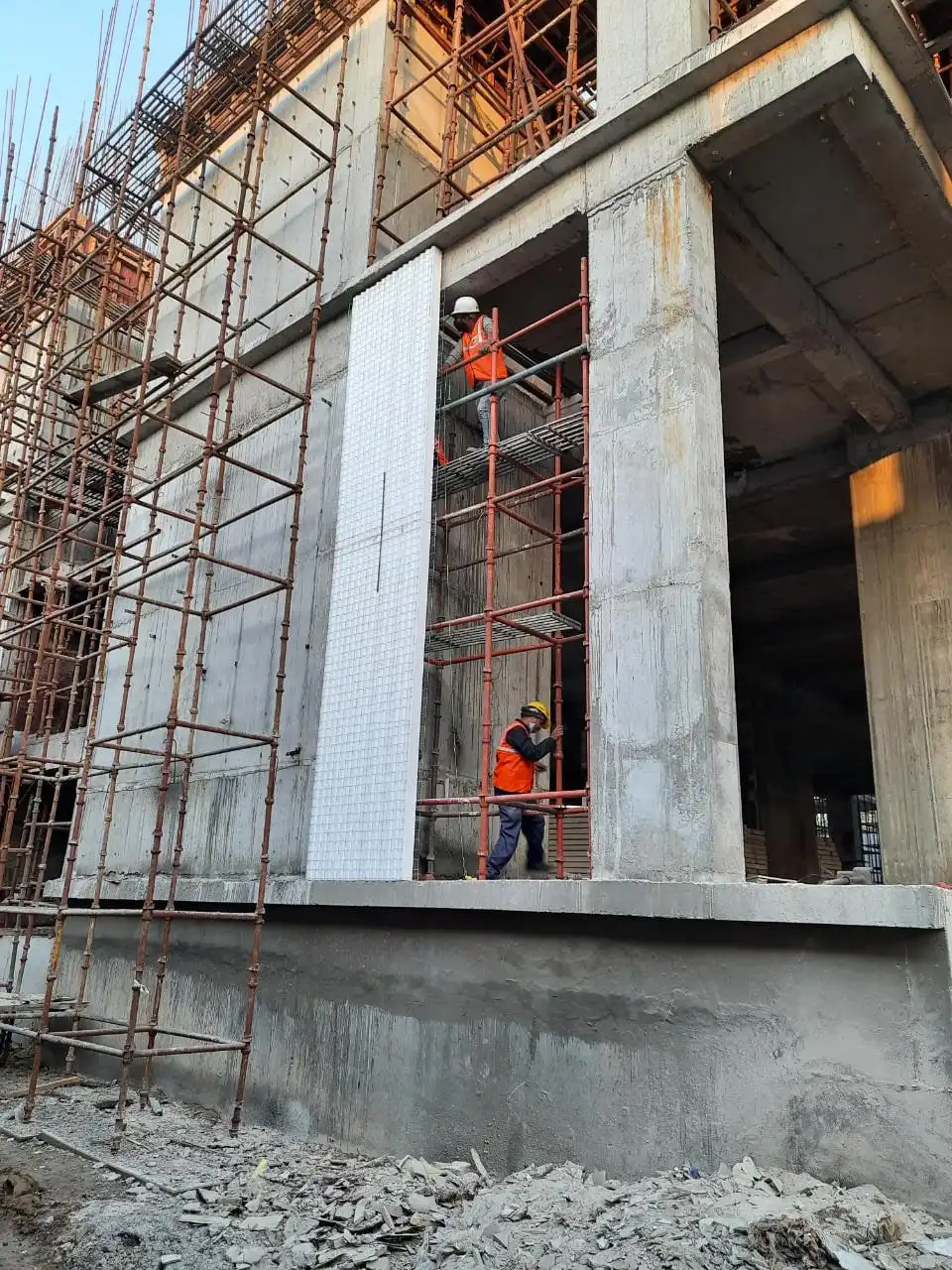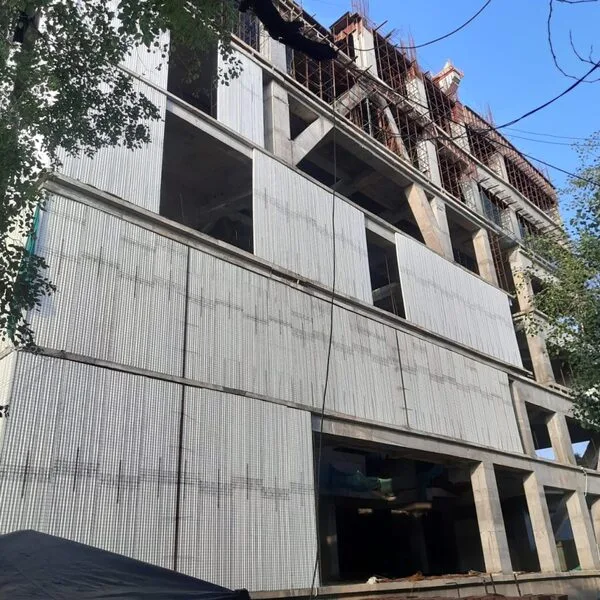Innovations in construction technology have led to the development of efficient and sustainable building materials, and EPS (Expanded Polystyrene) panels stand at the forefront of this revolution. EPS panel construction has gained significant momentum in modern building practices due to its versatility, efficiency, and sustainability. This blog explores the innovations and applications of EPS panel construction in modern building projects.
Table of Contents
ToggleUnderstanding EPS Panels:
EPS panels are lightweight construction materials composed of expanded polystyrene foam sandwiched between two layers of structural materials such as plywood, cement, or fiberglass. This unique composition gives EPS panels exceptional thermal insulation properties while maintaining structural integrity. EPS panels come in various sizes, thicknesses, and configurations to suit different building requirements.
Innovations in EPS Panel Construction:
a. Prefabrication: One of the key innovations in EPS panel construction is prefabrication. EPS panels are manufactured off-site in controlled environments, allowing for precise customization and quality control. Prefabrication reduces construction time and labor costs while ensuring consistent quality across panels.
b. Reinforcement Techniques: Advanced reinforcement techniques, such as adding steel or fiberglass mesh within the EPS core, enhance the structural strength and durability of EPS panels. These techniques enable EPS panels to withstand high loads and seismic forces, making them suitable for a wide range of building applications.
c. Fire Resistance: Innovations in EPS panel construction include the development of fire-resistant coatings and additives that improve the fire performance of EPS panels. These innovations enhance the safety of buildings and make EPS panels compliant with fire safety regulations.
Applications of EPS Panel Construction:
a. Residential Buildings: EPS panels are widely used in residential construction for walls, roofs, and floors. Their lightweight nature, coupled with excellent thermal insulation properties, makes them ideal for energy-efficient homes.
b. Commercial Buildings: EPS panels find applications in commercial buildings such as offices, schools, and retail outlets. Their versatility allows for quick and cost-effective construction, meeting tight project schedules and budget constraints.
c. Industrial Facilities: EPS panels are suitable for industrial facilities due to their strength, durability, and thermal insulation properties. They are used in warehouses, factories, and cold storage facilities to create efficient and sustainable building envelopes.
d. Infrastructure Projects: EPS panels are increasingly used in infrastructure projects such as bridges, tunnels, and sound barriers. Their lightweight construction reduces the structural load on existing infrastructure, while their thermal insulation properties improve energy efficiency.
e. Disaster Resilience: EPS panels are being used in disaster-resilient construction projects to create buildings that can withstand earthquakes, hurricanes, and other natural disasters. Their lightweight yet robust construction makes them an ideal choice for disaster-prone areas.
Environmental Benefits of EPS Panel Construction:
a. Energy Efficiency: EPS panels contribute to energy efficiency by reducing heating and cooling costs in buildings. Their excellent thermal insulation properties minimize heat transfer, resulting in lower energy consumption and greenhouse gas emissions.
b. Sustainable Materials: EPS panels are made from recyclable materials and can be reused or repurposed at the end of their lifecycle. This reduces waste and promotes a circular economy approach to construction.
c. Reduced Environmental Footprint: The lightweight nature of EPS panels reduces transportation energy and carbon emissions during construction. Additionally, prefabrication minimizes construction waste and onsite disruptions, further reducing the environmental footprint of EPS panel construction.
Conclusion:
EPS panel construction represents a paradigm shift in modern building practices, offering innovative solutions for efficient, sustainable, and resilient construction projects. With advancements in technology and a growing focus on environmental sustainability, EPS panels are poised to play a significant role in shaping the future of building construction worldwide. As architects, builders, and developers continue to embrace EPS panel construction, we can expect to see more innovative applications and advancements in the years to come.


